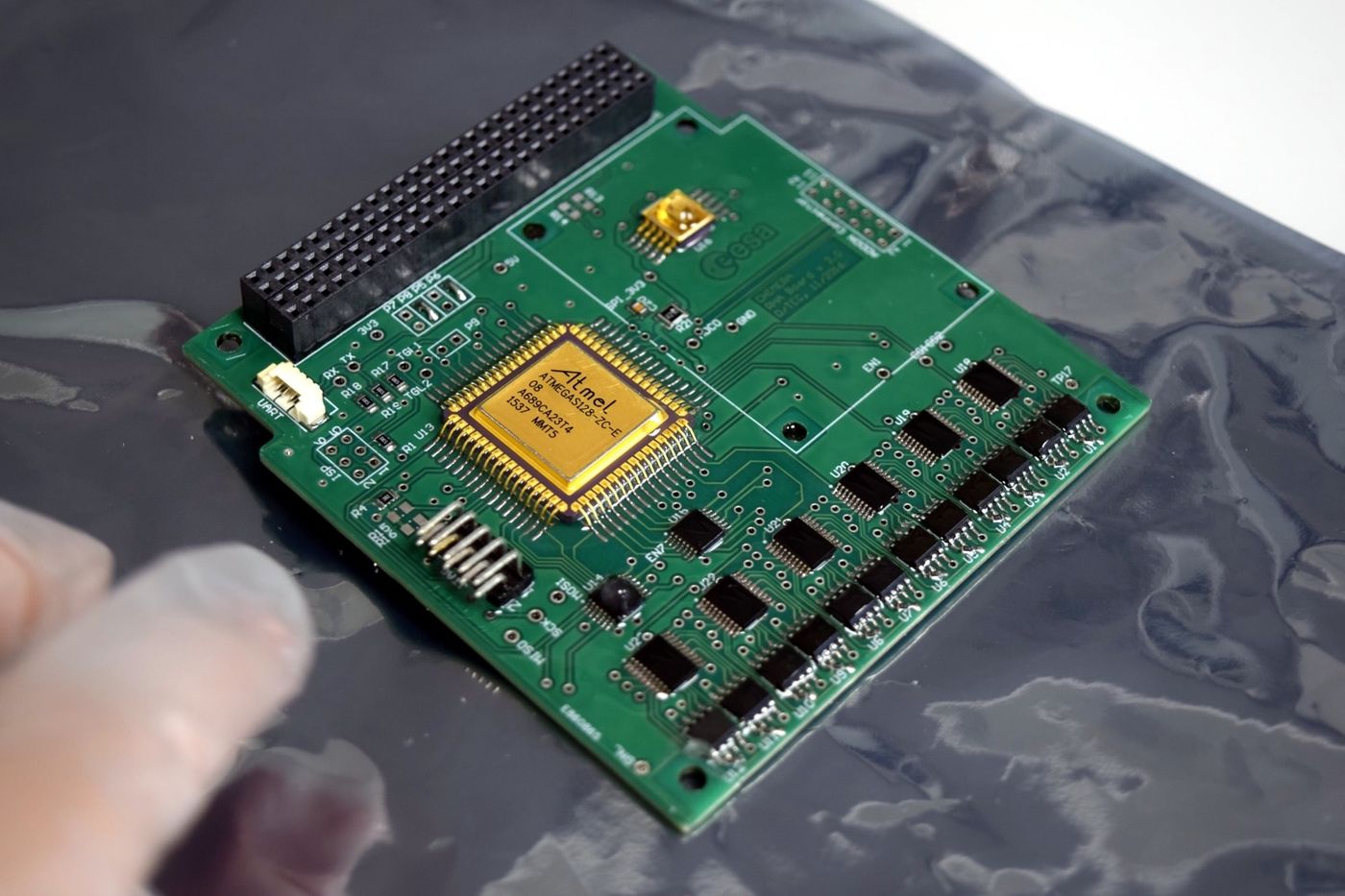ESA to Test Consumer-Grade Computer Memory in Space
Although most satellites harbor onboard computer systems, they’re much different from the consumer-grade computers that you’d find at the electronics store for personal use. Satellite computer systems are built exclusively to perform in the harsh space environment.
Space agencies utilize various methods to make satellite computer systems reliable and space-resistant. Some of those include CPU redundancy and radiation shielding, just to name a few. Comparatively, most consumer-grade computer parts lack these space-resistant features.
Image Credit: Chimera via ESA
Despite the handful of forward-thinking advancements to ensure technology’s survival in outer space, the European Space Agency (ESA) plans to launch a new experiment dubbed Chimera to see how consumer-grade electronics fare in the harsh space environment.
Chimera will piggy-back off the launch of a more critical experiment, but it will involve sending a logic board packed with consumer-grade computer memory beyond Earth’s atmosphere. There, it will attempt to operate in the frigid vacuum of space, contending with cosmic radiation and other potentially-hazardous factors.
"Interaction with charged particles can induce 'bit flips' in computer memory, introducing errors," noted Tomasz Szewczyk, a member of the Chimera experiment team. "We perform ground testing and software modeling to understand how different components are affected by radiation, but nothing beats real testing in space."
Related: NASA satellites can be hacked just like personal computers can be
The Chimera logic board will boast various types of computer memory instead of just one to see how each reacts to the outer space environment. Depending on the results, future space missions could utilize similar types of consumer-grade computer memory to reduce spacecraft manufacturing costs and make space exploration more tangible.
"There's an increasing push to use more off-the-shelf parts in orbit because they are theoretically cheaper and more capable than space-designed parts, but there are question marks over their reliability,” Szewczyk continued.
"For instance, different batches of the same part may have radically different reactions to charged particles, based on small variations in the raw materials or the manufacturing process. That's why we are flying three versions of each memory."
Some space missions already use consumer-grade electronics, such as in the case of flash storage or where there aren’t any viable space-resistant alternatives. Nevertheless, it should be interesting to see how the computer memory experiment goes and whether it’ll have any bearing on how space agencies build satellites going forward.
Source: ESA









